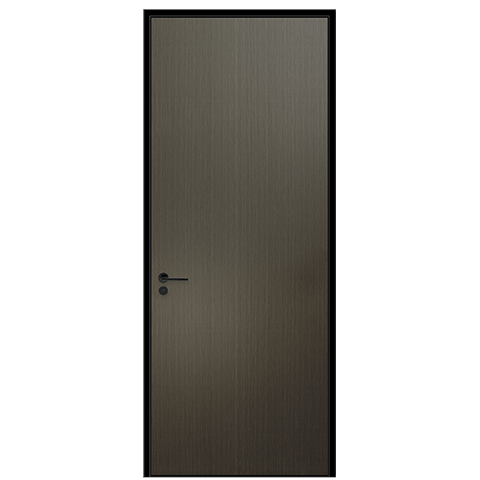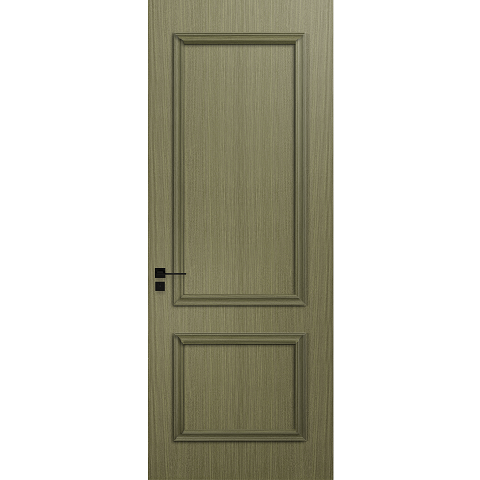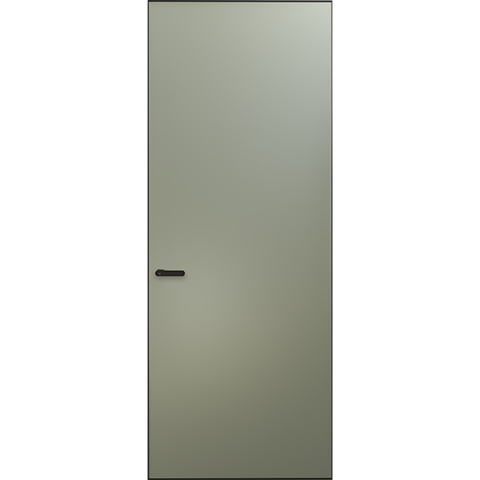12 professional knowledge of door and window profiles
1. Please briefly describe the processing process of aluminum profiles?
A: Aluminum ingots - aluminum rods - aluminum rods preheating - extrusion - cooling - straightening - sizing - artificial aging - surface treatment (oxidation, spraying, etc.) - packaging - transportation.
2. What is the process of aluminum mold opening?
Answer: Drawing design - drawing - confirmation by both parties - mold design - machining - quenching - wire cutting - quenching - assembly - nitriding - on-machine test.
3. What is the processing length of aluminum profiles?
A: Generally speaking, the conventional size of aluminum profiles is 6 meters, the maximum processing size is 7.2 meters, and the minimum processing length is 3.2 meters, but there are exceptions that CCTV has processed profiles with a length of 12 meters.
4. Please briefly describe the difference between 6063-T5 and 6063-T6? The difference between 6063-6063A? Is there any difference in price between the four?
Answer: T6 means that when the aluminum profile is extruded, it is cooled by water or liquid nitrogen, and T5 means that it is cooled by air or naturally cooled in the air; A means the type and content of the alloy are different, resulting in a higher tensile strength of 6063A than that of 6063A. 6063 T6 is slightly higher than T5 in price, 6063A is higher than 6063.
5. What are the advantages and disadvantages of offline LOW-E and online LOW-E?
Answer: The advantages of online glass: it can be used in a single piece, can be laminated, can be bent, and the price is 20 yuan/square meter cheaper than offline. Disadvantages: There are only two colors of high transparency and blue gray in a single color, which is prone to chromatic aberration, and the insulation performance of single glass is poor.
6. Please briefly describe the advantages and disadvantages of tempered glass and semi-tempered glass.
Answer: The strength of tempered glass is 4-5 times that of ordinary glass; it becomes small particles after being broken, which belongs to safety glass; it can withstand sudden changes in temperature of 250-320 degrees.
The strength of semi-tempered glass is between ordinary glass and tempered glass; it is not easy to self-explode; the flatness is good; but the heat resistance and impact resistance are inferior to tempered glass.
7. What is the thickness of glass that can be produced by the manufacturer at present? What is the maximum size?
Answer:
①At present, the commonly used glass thicknesses are: 3 mm, 5 mm, 6 mm, 8 mm, 10 mm, 12 mm, 15 mm, 19 mm, 22 mm, 25 mm.
②. Specifications of large plates in stock by manufacturers: 2440 mm×3300 mm/3660 mm, 2100 mm×3300 mm/3660 mm.
③. Length of float line that can be pulled out (equipment limit, take CSG as an example):
6 mm thick plate ≤ 5m; 8 mm thick plate ≤ 6 m
10 mm thick plate≤9m; 12 mm thick plate≤9m
15 mm thick plate ≤ 10m; 19 mm thick plate ≤ 10 m
This is the design and processing size of the manufacturer's equipment, which depends on the actual strength of the glass, the market and other factors.
8. What is the processing size of the current tempering, laminating, glaze, coating, hollow synthesis and other equipment?
Answer: Tempering furnace: usually length × width = 6 meters × 2.4 meters, currently the largest on the market can achieve length × width = 12 meters × 2.4 meters.
Autoclave: length×width=7.8m×2.4m.
Color glaze line: length × width = 4.5 meters × 2.4 meters.
Hollow line: length × width = 6 meters × 2.4 meters.
Usually length×width=3.5m×2.4m.
Coating line: length × width = 6 meters × 2.4 meters (the largest is currently only available in CSG).
Usually length×width=4.5m×2.4m (standard).
The common width of hollow aluminum frame is: 6mm, 9mm, 12mm, 16mm
9. What is the difference between hot bending and bending tempering, are they both safety glass?
Answer: hot bending glass is to heat the glass to the softening temperature, and then bend it by its own weight or external force and cool it naturally; bending tempered glass is made by rapid air cooling with special equipment after bending and forming; hot bending Glass does not belong to safety glass, curved steel glass belongs to safety glass.
10. What is the size range of hot bending and bending steel?
Answer:
①. Since the hot-bending glass is made of molds, in principle, as long as the molds are made, the glass can be hot-bent.
②. The minimum radius of bending steel is 500mm, the maximum arc length is 3000mm, and the maximum height is 3000mm. But usually the minimum radius of manufacturers is not less than 1500mm.
11. Can the hollow LOW-E glass be made of bent steel? If so, are there any restrictions? Can the double-piece laminated glass be made of LOW-E?
Answer:
①. Because the bending steel needs to be heated, the LOW-E layer will change when it encounters high temperature, so the LOW-E glass is generally not used for bending steel, but CSG and the epithelium have made some adjustments to the process, and some colors can be adjusted. Bending steel treatment. The bendable LOW-E of CSG are: CES11-80S/TB, CEB14-50S/TB, CEB14-60S/TB, CEF16-50S/TB, respectively colorless, light gray, cool gray, blue gray; epithelial Bendable LOW-E is: YBE0180, YBE0152, YBE0140, the colors are colorless, light blue, silver gray.
②. Laminated glass cannot be used unless it is used in conjunction with insulating glass to make insulating laminated glass. The reasons are as follows:
a. The film will debond when it comes in contact with the LOW-E layer.
b. LOW-E can only play the role of heat insulation and heat preservation to the extreme only in combination with insulating glass. It is meaningless to use it alone. It is better to use heat reflective coated glass.
12. Please briefly describe the reasons for the self-explosion of glass and the main factors affecting the self-explosion of glass. How to reduce the self-explosion rate of glass?
Answer:
① Due to the instability of nickel sulfide crystals inside the glass, the volume of nickel sulfide crystal particles will change when encountering external impact or temperature changes, which will cause the glass to break; the main factors that cause self-explosion are temperature changes, drilling and drilling. The existence of chamfers and the effect of external forces.
② Chamfer the drilling and chamfering parts to minimize stress concentration; heat-dip the glass.
 Hot Recommendation
Hot Recommendation
 Latest Products
Latest Products



